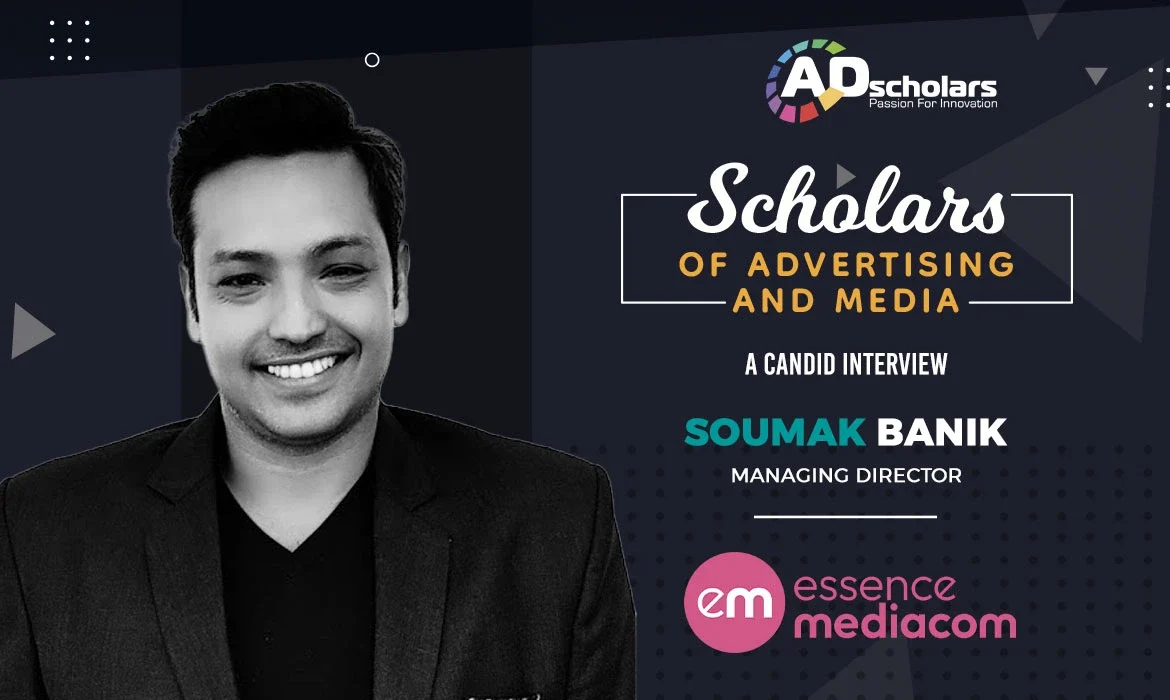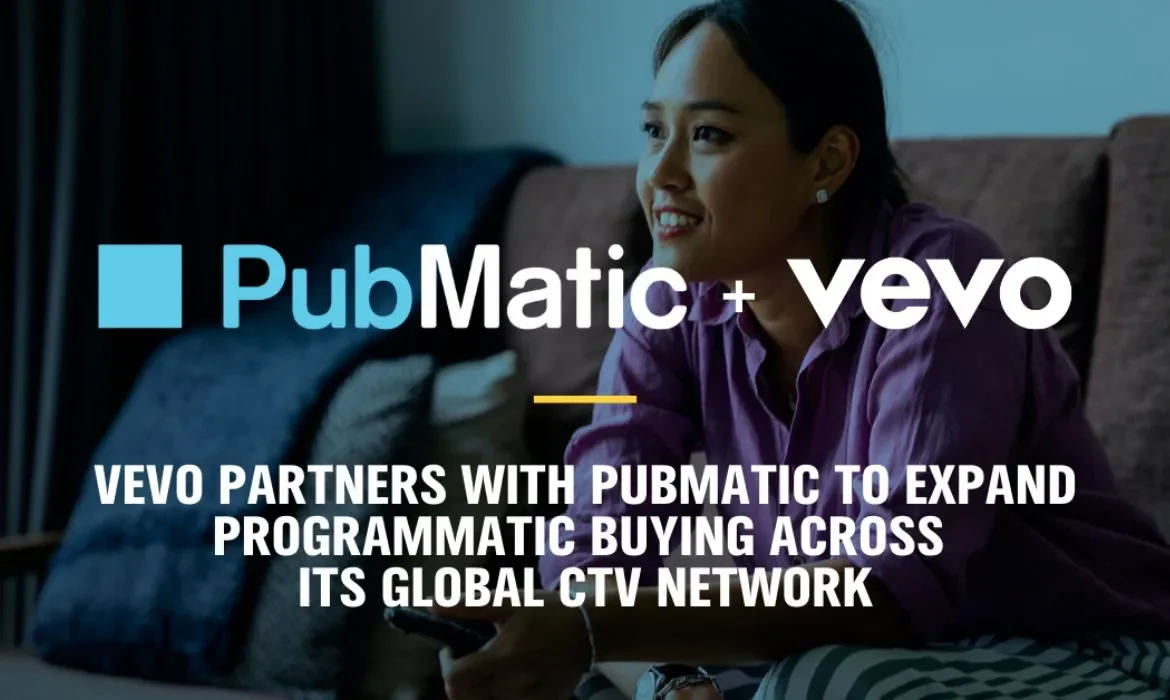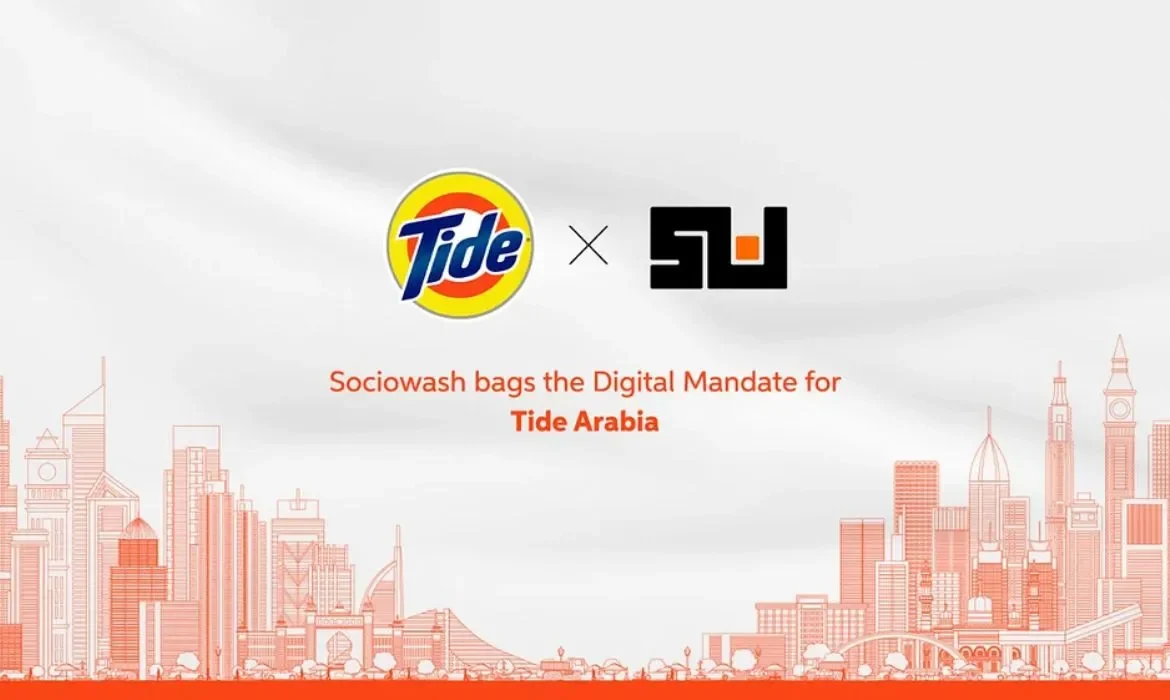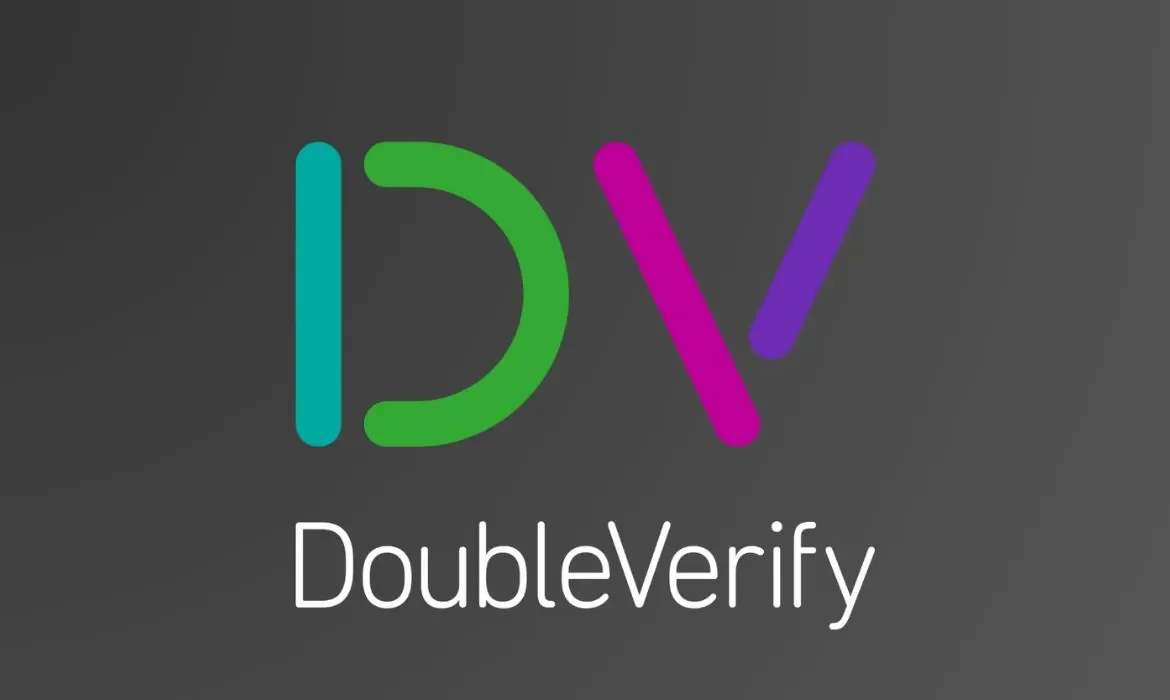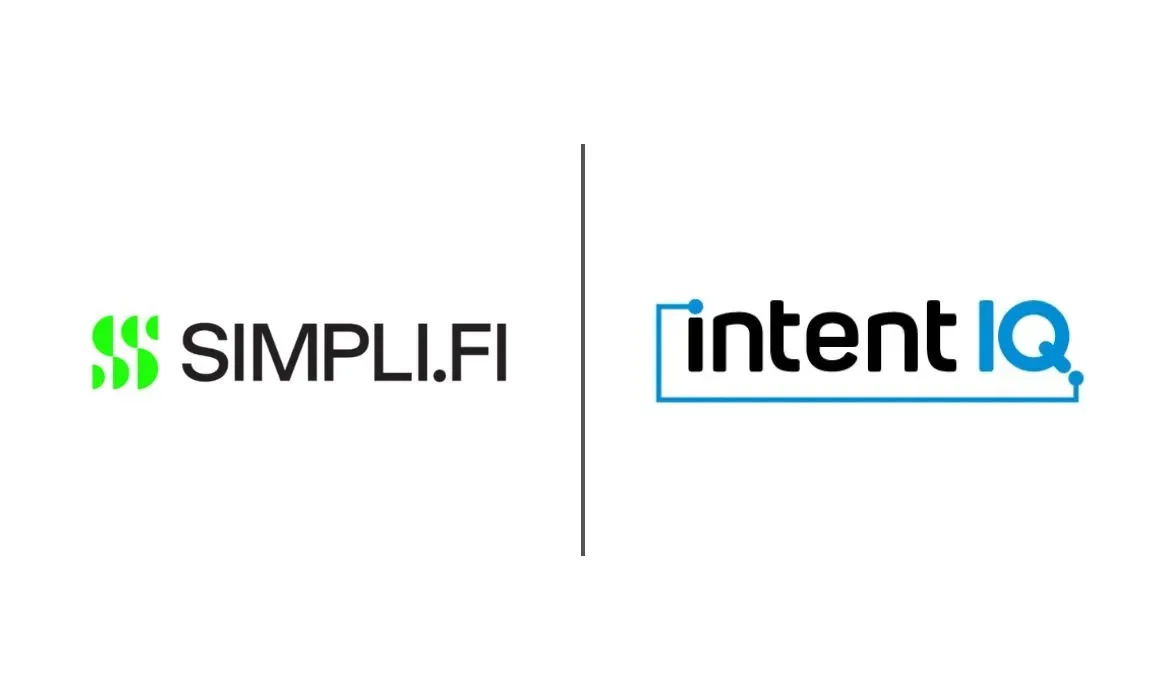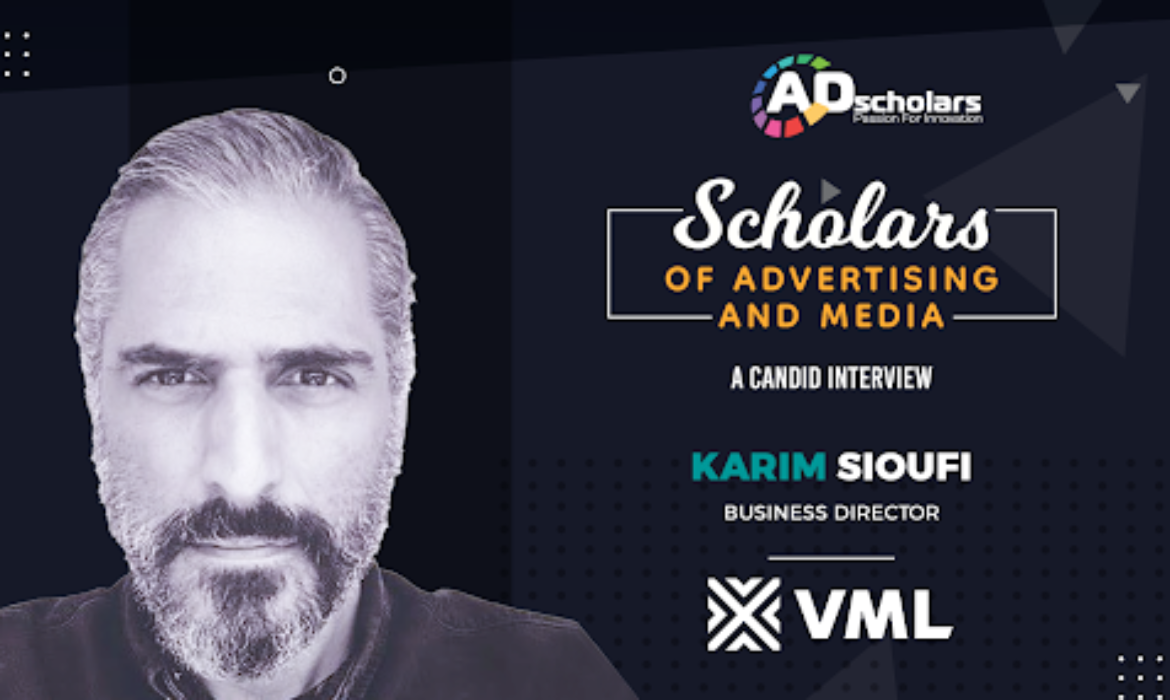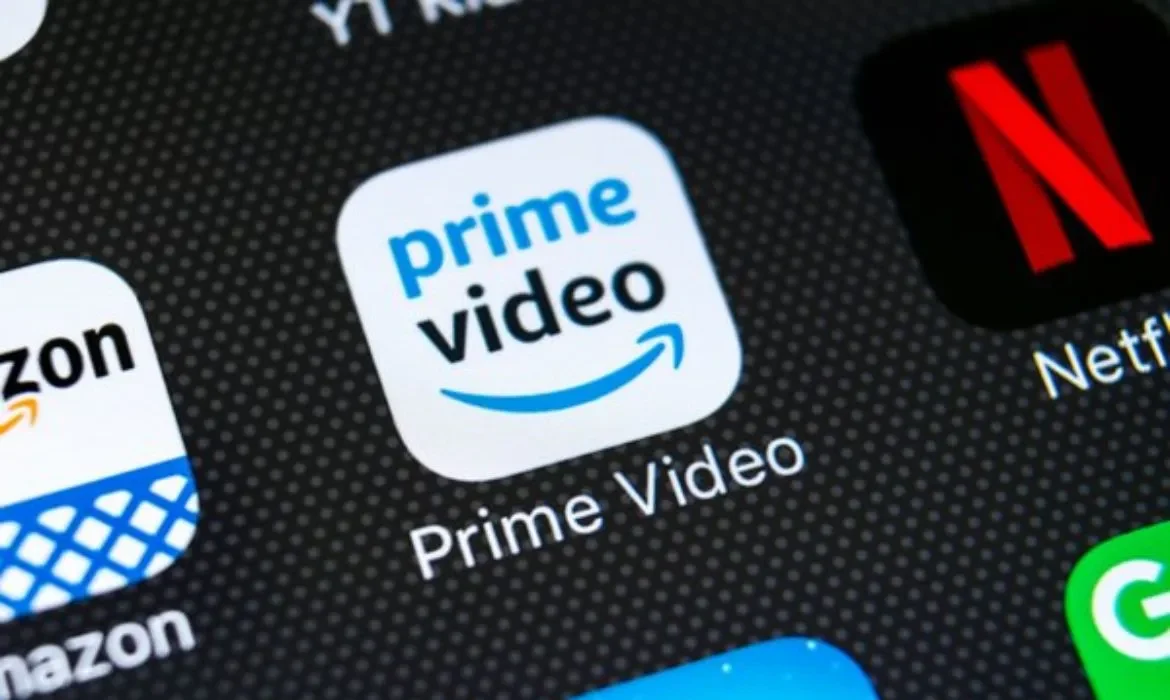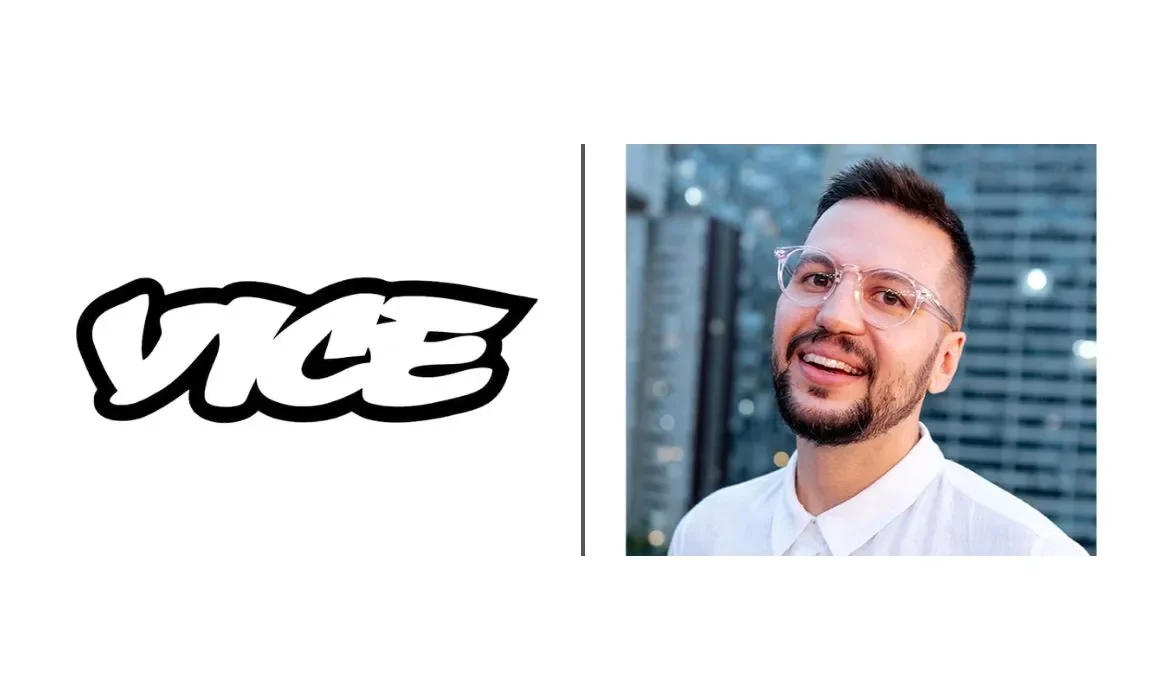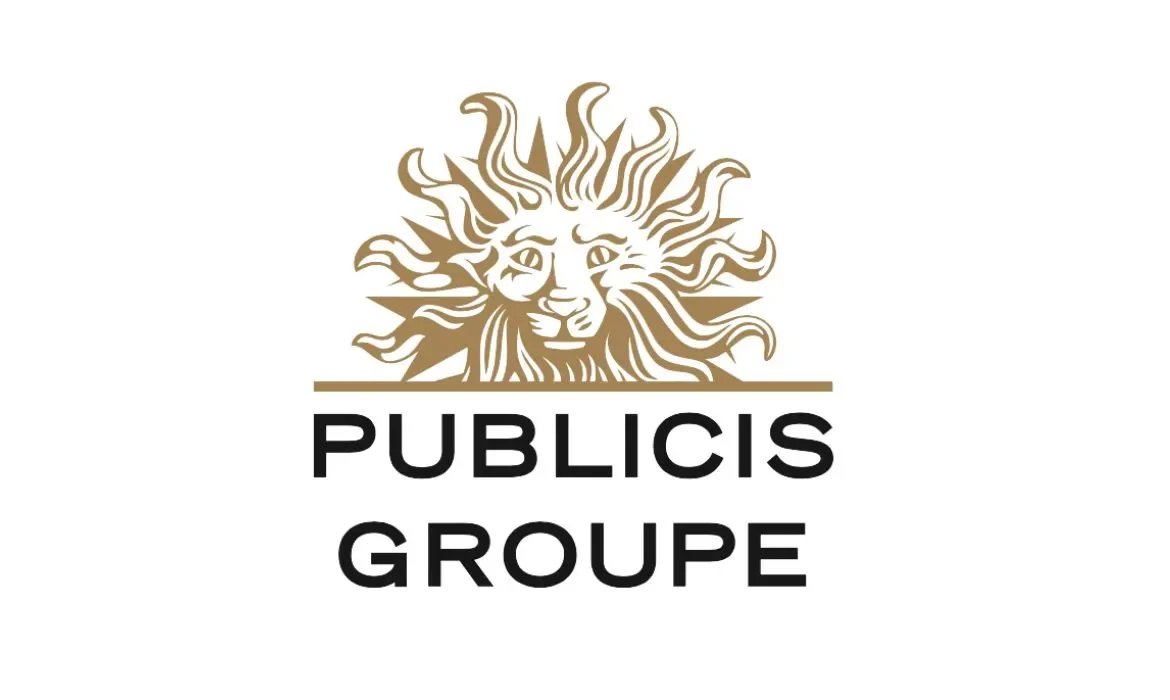In Conversation with EssenceMediacom’s Soumak Banik: Media Insights Unveiled
Embark on an insightful voyage through the media landscape guided by Soumak Banik, the accomplished Managing Director at EssenceMediacom Indonesia. EssenceMediacom is GroupM’s newest and largest agency that is committed to delivering marketing breakthroughs for brands in the new communications economy.
With an impressive 22-year career spanning diverse sectors, from FMCG to luxury, Soumak is a dynamic communicator thriving in high-pressure roles. His cross-functional expertise and strategic acumen shape EssenceMediacom’s innovative approach, establishing him as a luminary in the media and advertising realm. In an exclusive interview, he shares insights from his extensive journey in the Indian and Indonesian markets, offering a unique perspective on the industry’s seismic shifts, Metaverse and booming gaming sector.
Having worked in both the Indian market and as the Managing Director of EssenceMediacom Indonesia, can you share your experiences and your professional trajectory in the media and advertising industry?
Undoubtedly, like many in our industry, I emphasize that we are witnessing major seismic tectonic changes. These times are unprecedentedly exciting – truly the best of times!
In an attempt to align the experiences and exposures of the past two decades with a common understanding, I would liken the trajectory to the fundamental principles of earthly motion—simultaneously involving rotation and revolution. The circular rotation signifies the brand’s axial movement around its centricity to consumers. Concurrently, there is a revolution fueled by the extraordinary evangelism of technology, driven by the digital transformation of consumerism.
In today’s landscape, consumers are markedly more aware, informed, and neutral. They rightfully expect brands to be realistic and merit a genuine choice or loyalty. What ensues is the gravitational pull on brands to adapt – to become more creative and to contextualize their offerings along a helical pathway that aligns with consumer aspirations. Creating brand love has become a more challenging yet thrilling endeavor in our interconnected universe of media.
As a professional working in the Indonesian media market for more than a decade, what are some of the challenges you faced while transitioning from the Indian market to your current role? What shifts have you experienced in the Indonesian advertising sector and its audiences?
Asia is renowned for its rich culture. Most Asiatic countries are more culturally interconnected than diverse, mirroring the unity of their people. Culture is deeply ingrained in the heritage, language, faith, religion, food habits, ethnicity, fashion, tastes, preferences, traditions and values of its communities, people, and races – be it in South Asia or Southeast Asia. In this context, India and Indonesia stand out as prime examples.
Both nations and their respective governments are making massive investments in infrastructure and connectivity, earning them top ranks among global technology giants such as Google, Meta, and other leading Martech companies. India serves as the epicentre for investments in South Asia, while Indonesia plays a similar role for private equity firms in Southeast Asia.
Interestingly, not only are both countries experiencing significant growth in population, demographics, and geographical diversity, but they also share similar traits in consumer habits towards brands. The inquisitiveness of consumers towards information and choices shows striking similarities and is on a growing trend.
In both India and Indonesia, media ad expenditures are growing at a double-digit rate, and rapid digitalization is fueling a profound digital transformation for brands. The Consumer Confidence Index (CCI) is notably higher by 110 points. Digital native brands are championing a departure from traditional marketing methods in sectors ranging from FMCG, e-commerce, and apps to banking and utility services.
Capital investments are reaching record highs in private and emerging sectors. Every day brings new opportunities to understand and learn more about culture, consumers, effective communication, and media utilization. It’s a transformative journey in itself.
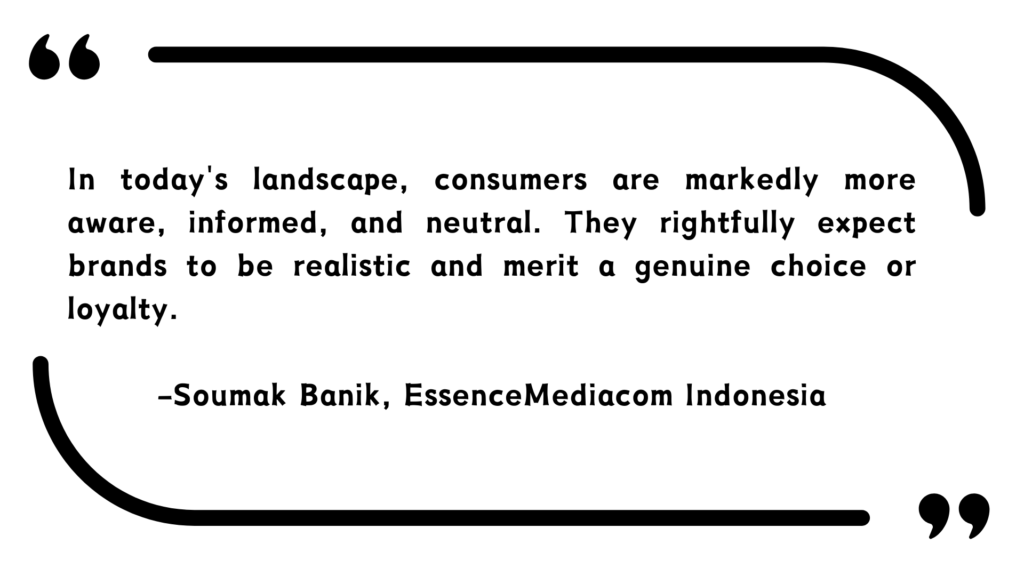
You have worked in different sectors, from FMCG, to Automobile to Luxury and Sports. How different or similar were the marketing and strategic plans you employed across these sectors? Has this experience helped you in your current role in any way?
It’s a privilege, and in fact, I feel fortunate to work across various sectors. The experience is an extensive learning journey. Honestly, the world of media and advertising is often filled with jargon. However, every brand, spanning FMCG to luxury to sports, shares a singular objective – driving growth. While some prioritize volume, others emphasize value. What unites brands is the pursuit of Lifetime Consumer Value (LCV). This objective stands as the ultimate milestone, whether it’s in strategy, marketing, communication, media campaigns, or go-to-market strategies.
Once the consumer pathway is meticulously mapped and defined, the focus shifts to effectiveness and efficiency, driving return on investment (ROI). While media choices may vary, encompassing different platforms and utilizing AI for creativity and propelling social commerce, the overarching purpose remains constant – drive growth.
Today, brands are rushing to advertise their products and services in metaverse in order to attract and engage their audiences better. What is the future of this trend in your opinion?
The key to attracting consumers to a brand has always been the platform for creative contextuality. The Metaverse stands out as an extraordinary effort in this direction, offering a dedicated space for Lifestyle, Luxury, Beauty, and Experiential brands. Leading the race are global brands such as Nike, Coke, H&M, LV, Gucci, Burberry, Mars, Forever21, and more. What was once considered a trend or a prospect is now an undeniable reality. The imperative for brands is to act swiftly and immerse themselves in the world of Web3 Technology.
Social media is now accessible to everyone thanks to technological advancements and smartphones. In-stream ads are now used by brands to customize their adverts based on audience. Could you tell us how EssenceMediacom has done this?
Programmatic Media and Dynamic Creative & Content Optimization (DCCO) have reached their pinnacle when it comes to audience targeting and media optimization. Innovative ad formats leveraging technology, ranging from face recognition to AR/VR, are already gaining prominence, with brands actively advocating for their adoption.
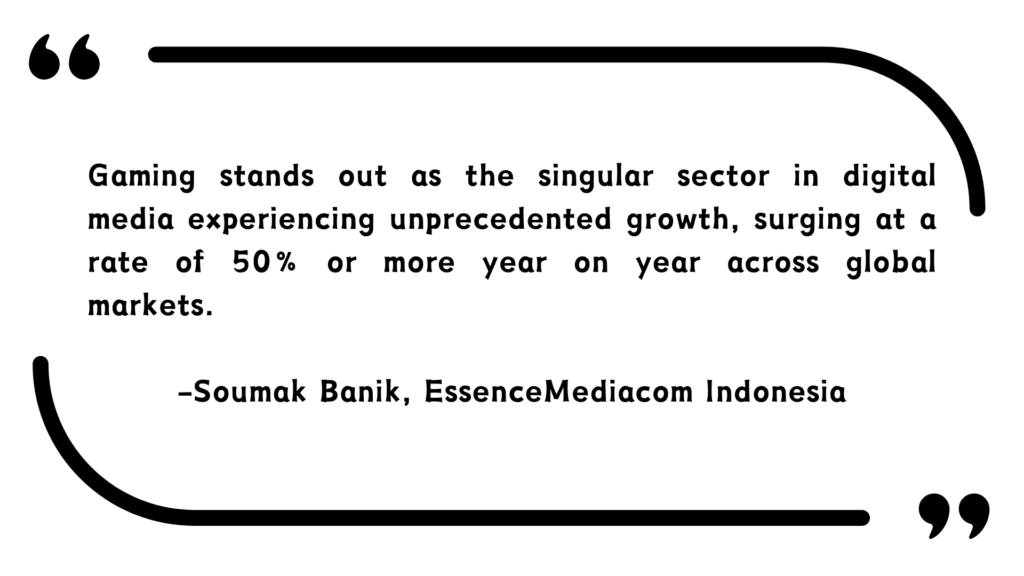
One target market that is growing at a rapid pace is the gaming industry. What are your insights about how brands should leverage these audiences to reach their intended audience?
Gaming stands out as the singular sector in digital media experiencing unprecedented growth, surging at a rate of 50% or more year on year across global markets. The evolution of gaming has been nothing short of remarkable, transitioning from a single-window format to now embracing experiential formats. It has traversed the spectrum from niche engagement to reaching a wider audience, ultimately becoming an experiential powerhouse. Notably, content is now navigating its path through gaming, as seen with Netflix launching Money Heist in the gaming realm.
While audience targeting predominantly takes a programmatic approach, brands must now pivot towards enhancing in-game experiences, with creativity playing a pivotal role. The era of banner ads and promotional QR codes in gaming advertising has passed. Experiential marketing in gaming has become imperative for brands to stay ahead in the game.
Can you share some examples of a successful campaign you carried out and the strategic planning that went behind it?
My all-time favourite, and it will always be, is the Vodafone India launch of the Zoozoo campaign in 2009. The campaign featured 44 different creatives addressing 45 different products/services of Vodafone. Remarkably, these 44 creatives were launched in 45 days – unveiling one new creative every day, culminating with the simultaneous release of all 45 creatives on the last day! This extensive campaign spanned 36 newspapers, 104 TV stations, 38 radio stations, all digital platforms, 1000+ OOH placements, and even made its mark in sports during IPL 2. Merchandising extended across 3000 Vodafone stores and apparel retailers.
It’s been more than 14 years, and yet Vodafone continues to incorporate Zoozoo in some of its campaigns in India. Such is the enduring recall and stature created by the Zoozoo campaign.
If given a chance to visit either the past, present or future, which one would you choose and why?
As always, the Present. It’s the best time ever.
Vevo Collaborates with PubMatic for Programmatic Growth in CTV Advertising
PubMatic, an independent technology company that delivers the future supply chain for digital advertising, has announced a collaboration with Vevo, the world’s leading music video network. Through the partnership, Vevo will be able to accelerate the growth of its programmatic CTV business and offer advertisers scaled reach across its premium library.
Partnership for programmatic growth in the CTV landscape
With over 800,000 videos across its global network, Vevo boasts an average monthly view count of 25 billion. Media buyers worldwide will have unrivaled access to Vevo’s vast, premium CTV inventory through a partnership with PubMatic. Vevo will leverage PubMatic’s massive demand, sophisticated programmatic trading capabilities, and strategic relationships for supply path optimization. It will be able to take advantage of numerous opportunities to deliver targeted ads in immersive, brand-safe, and engaged environments to a wide range of audiences. At the same time, it will gain a substantial increase in ad yield.
Accessible programmatic inventory
Vevo’s objective of becoming prevalent through ever-widening video distribution and continuous improvement of its monetization strategy is closely aligned with this integration. By making inventory programmatically accessible to a variety of demand partners via PubMatic’s platform, Vevo is expanding its participation in various sales environments and building on its prior success with direct dealing. Vevo’s content is currently available on the Vevo TV app, over 20 distinct Free Ad-Supported TV (FAST) channels, and social media platforms like YouTube.
Read More: PubMatic and Intent IQ Join Forces with Strategus for CTV-to-iOS Retargeting
Through the new partnership, media buyers will have access to both Vevo’s premium inventory and PubMatic’s state-of-the-art addressability and transparency solutions, which are known to improve ROI.
Here’s what they said
PubMatic’s Nicole Scaglione, Global VP for CTV/OTT and Video said,
“This collaboration marks a major milestone on multiple fronts. The partnership will enable greater growth and innovation by fulfilling the requirement for an efficient, transparent, and premium-grade supply of inventory. As well as allowing us to connect programmatic buyers with high-value music video inventory, it reinforces PubMatic’s standing as a leading force in the CTV space — cementing our position as a go-to platform for existing and new CTV players. We look forward to playing a key role in powering trading that optimises ad revenue for both buyers and sellers.”
Vevo’s EVP of Revenue, Distribution & Data Operations, Natalie Gabathuler-Scully, added,
“This partnership will allow Vevo to considerably elevate the advertising opportunities we can provide at a global level and drive our programmatic business forward. Leveraging PubMatic’s extensive preferred demand relationships will considerably augment our monetisation approach, especially across our TV app and FAST channels on over 35 CTV platforms worldwide.”
Read More: Adverty Partners with PubMatic to Reshape In-Game Advertising
Sociowash Awarded the Digital Mandate for Tide Arabia
Sociowash, an integrated advertising agency, has been awarded the digital mandate for Tide Arabia, a laundry detergent brand in the UAE. The agency will be in charge of developing and implementing strategic creative approaches to enhance the brand’s online visibility. The account was won because Sociowash demonstrated its abilities by successfully managing Tide India’s account.
Sociowash wins the digital mandate for Tide Arabia
According to the agency, the caliber of work produced is a reflection of the high caliber. Furthermore, the knowledge that Sociowash continuously provides to clients. The Mumbai team of the agency will oversee the account. As part of this strategic alliance, Sociowash will oversee carrying out campaigns that boost engagement and brand recall. This will help raise the brand’s digital share of voice. To help the brand accomplish its goals, the agency will help it connect with its target audience and build its digital presence.
Read More: Dentsu Creative Bags the Creative Mandate for Motorola India
Here’s what they said
Raghav Bagai, co-founder, Sociowash, said,
“Tide is the most prominent name when it comes to laundry detergents, globally. We are elated to have been chosen to manage the digital landscape for Tide Arabia. We are confident that our team’s extensive experience and expertise in FMCG brands will help redefine and elevate the brand’s digital positioning in the region. Together, we can create an impact that goes beyond what has been achieved before, reaching new locations, setting new benchmarks, and adding genuine value for the brand.”
Arushi Sethi, brand director, Tide Arabia, added,
“With Sociowash, Tide Arabia looks forward to leveraging new technologies and tactical digital strategies; to further cement our position as a leading laundry detergent brand. We are excited to collaborate and craft engaging campaigns, increasing audience engagement and elevating our overall digital presence.”
Read More: GOZOOP HAWKS Secures Listening and Digital Response Management Duties for Amazon miniTV
MGID Introduces New AI-Powered Dashboard for Campaign Setup
MGID, the global advertising platform, has introduced a new dashboard for MGID Ads, its self-service campaign planning and execution suite. The new platform doubles the speed of campaign setup by showcasing a plethora of AI-powered features through an intuitive interface that is more powerful than before.
Using AI to Revolutionize Advertising
With the help of informative tooltips, users will be guided through MGID Ads’ entire campaign creation process, from creative development to ad placement. The platform leverages extensive data analytics, a CPC calculation feature, a step-by-step tracking setup, and AI-generated creatives to maximize performance.
The new dashboard objectives
The goal of MGID’s new dashboard is to redefine the advertiser journey rather than just integrate AI. The update lets advertisers launch up to 100 creatives at once. It can increase the number of campaign metrics from 9 to 27. This increase in functionality is paired with an easy-to-use interface that provides tooltips and instant error alerts with resolution descriptions. It will help users navigate the campaign creation process. These features demonstrate MGID’s dedication to raising the standard of advertising while also making it easier for marketers to carry out their campaigns.
Read More: Innocean India Launches Its Artificial Intelligence (AI) Lab, Innolabs
The introduction of MGID’s new dashboard is a significant development for the advertising sector. MGID Ads is poised to transform marketing strategies through the integration of cutting-edge AI technologies. It will provide previously unheard-of levels of campaign optimization, content personalization, and customer engagement.
Here’s what they said
Matthew Villa, Head of Sales US at MGID said,
“Advertisers always have more to do than there are people to do it, so we’ve overhauled MGID Ads to make it as easy as possible to work efficiently with native ads. By weaving AI into the very fabric of our new dashboard, advertisers can leave the heavy lifting to technology while focusing on driving audience attention, maximizing performance, and delivering measurable results.”
Read More: JCDecaux Announces the Launch of Global Airport Programmatic DOOH
DoubleVerify Release Tiered Brand Suitability Addressing “Made For Advertising” (MFA) Measurement
DoubleVerify, a leading software platform for digital media measurement, data, and analytics, has announced the release of new tiered brand suitability, which addresses “Made for Advertising” (MFA) measurement and protection in a more nuanced and brand-specific manner.
Right tools for MFA inventory
MFA inventory is not intrinsically invalid, in contrast to ad fraud, and many advertisers choose to place ads on MFA sites. To ascertain whether particular MFA sites are consistent with their advertising objectives and brand values, marketers require the right tools. Brands have more control and granularity to choose the level of protection that best meets their needs thanks to DV’s tiered MFA categories.
MFA brand suitability measurement
To find MFA sites at scale, DV’s tiered MFA brand suitability categories employ a proprietary analysis method that makes use of a special combination of human and AI-based auditing. MFA sites are found by examining several aspects, including their methods of content creation, activities, sources of ad traffic, and the monetization of their ads. An MFA site is then categorized into one of three DV brand suitability tiers based on its features.
Read More: DoubleVerify Includes YouTube Shorts in its Brand Safety Measurement Expansion
The tiers
MFA High
This category designates websites with the most extreme MFA content or attributes. It includes a high ad density with page content, a heavy reliance on paid traffic sources with negligible to no organic traffic, and an average ad intensity (a measurement of an ad’s viewable duration) that is considerably below the DV benchmark.
MFA Medium
Recognizes locations exhibiting different levels of MFA activity. For instance, a website may use a high ad density in comparison to the content of the page. However, its average ad intensity may be close to the DV benchmark.
MFA Low
Describes websites or portions that combine MFA and non-MFA content; this could include websites where only a portion or subdomain has MFA features or content.
The most thorough and nuanced level of analysis is possible with DV’s method, which also avoids false positives and misclassification. For instance, a website may have a large amount of advertisements on it. However, it may also have high rates of direct and search engine traffic. The publisher in this case would not qualify as an MFA website according to DV’s definition.
For programmatic buyers
With this release, DV provides MFA classification, measurement, and protection with one of the industry’s most comprehensive and detailed toolkits. To prevent pre-bids, DV’s Authentic Brand Suitability (ABS) will soon incorporate DV’s tiered MFA categories. For programmatic buyers, DV can offer a curated MFA exclusion list in the interim. Through DV Pinnacle®, an advertiser’s brand safety and suitability profile can be easily integrated with DV’s tiered MFA categories for post-bid measurement and monitoring. The new offering strengthens DV’s controls in response to the surge in online MFA content. It expands upon its September 2023 beta release.
Here’s what they said
Jack Smith, Chief Innovation Officer at DoubleVerify said,
“The introduction of our MFA brand suitability categories is a critical development for the advertising industry. Our goal is to equip marketers with tools for nuanced measurement and management of MFA content, significantly enhancing precise brand protection. This innovation ensures that marketing efforts are strategically aligned with brand goals and values, fostering deeper consumer engagement and trust, while also optimising investments and performance.”
Read More: DoubleVerify Expands Media Authentication on Meta
Simpli.fi Partners With Intent IQ for New Audience Extension Solutions
Simpli.fi, an advertising success platform that provides programmatic advertising and workflow software to agencies, brands, and media companies, has announced a collaboration with Intent IQ, a leader in identity resolution, to offer clients a new Cookie-less Audience Extension solution. The new offering integrates Intent IQ’s cookie-less universal ID (IIQ ID) directly into Simpli.fi’s DSP. It was first announced at the IAB Annual Leadership Meeting. With the accelerated deprecation of cookies, advertisers can now target audiences more effectively and reach a wider audience. This new integration complements Simpli.fi’s current suite of cookieless solutions.
The New Audience Extension Solution
With the help of cookieless solutions powered by Intent IQ, advertisers can extend their targeting capabilities and quickly scale their addressable, contextual, and third-party audiences with Simpli.fi’s latest offering. With Google deprecating the cookie for Chrome users, audience-based targeting is about to undergo a seismic shift that advertisers need to get ready for. Simpli.fi’s new tool will help brands, media companies, and agencies target audiences in a way that prioritizes privacy. Simpli.fi customers can reach relevant audiences across CTV, display, native, and other media formats on Google, Apple, and other cookieless devices and browsers with lower data and media costs by utilizing the Intent IQ-powered Cookieless Audience Extension.
IIQ ID for cookie-less audience
Cookies-less users become addressable with IIQ ID. Its distinctive and patented Distributed Identity Technology, which combines deterministic accuracy and unprecedented scale, is what powers it and gives ad sellers and buyers unmatched value. Simpli.fi’s Cookieless Audience Extension solution will gain immediate traction because publishers adopt the ID widely. With greater ease and compliance with industry standards, advertisers can now reach and retarget audiences in a more privacy-focused manner thanks to the Cookieless Audience Extension. The product improvement expands on the tech stack that Simpli.fi already has and continues the company’s tradition of creating best-in-class products that are dependent on superior unstructured online, offline, and first-party data.
Read More: AudienceProject Partners with Microsoft Advertising; YouTube Delays Co-Viewing Measurement Plan
Further advancements
With the help of numerous identifiers from an increasing number of significant collaborations and integrations, Simpli.fi can further enhance its user-matching capabilities. Simpli.fi will keep introducing and delivering new products, tools, and features that support advertisers looking to reach their target audiences as the industry changes and adjusts to a post-cookie environment.
Here’s what they said
Paul Harrison, Simpli.fi CTO and co-founder said,
With third-party cookies disappearing by the end of the year, advertisers are seeking alternative solutions that adhere to users’ privacy preferences while still reaching the right audiences, at the right time, and delivering on ROI. As the first demand-side platform to bring the Intent IQ-powered Cookieless Audience Extension to market, I look forward to supporting our clients as they adapt to this evolving industry landscape and utilize new and better tools to maximize reach and improve scale without the use of cookies.
Roy Shkedi, chairman of Intent IQ added,
We’re excited to partner with Simpli.fi to offer this new product enhancement to help agencies, brands, and media companies continue to advance their cookieless targeting capabilities and improve their marketing strategies in a quickly changing industry. Cookieless advertising is the future and by effectively combining our publisher-powered identity technology, data-driven activation tools and Simpli.fi’s cookieless-by-design architecture, brands can target and retarget cookieless audiences using their 1st-party, 3rd-party, and onboarded data, getting better ROI on their existing campaign than ever before while still adhering to new industry standards.
About Simpli.fi
Simpli.fi is the leading Advertising Success Platform, offering programmatic advertising solutions and workflow software to more than 2,000 media teams, agencies, and brands. With the help of Simpli.fi, advertisers can optimize their content, interactions, and outcomes for CTV, mobile, display, and other media platforms. Our platform executes over 140,000 campaigns for 30,000 advertisers in a typical month, delivering performance on budgets of all sizes. prestigious private equity firms Blackstone and GTCR are among Simpli.fi’s investors.
About Intent IQ
Intent IQ is a privacy-focused leader in next-generation identity resolution, with the technology powering many of the industry’s leading platforms. It is supported by the IP portfolio of AlmondNet Group, which presently consists of more than 150 granted patents. The solutions offered by Intent IQ are powered by a potent identity device graph that links all screens and devices in real time across a variety of environments, including cookieless, MAID-less, and CTV. This graph has unmatched accuracy and scale. The solutions offered by the company include bid enhancement, attribution, cookieless audience activation, first-party ID clustering technology, and privacy-friendly identity resolution. With its main office located in New York City, Intent IQ also maintains a research and development facility in Herzliya, Israel.
Read More: NBCU Streamlines Cross-Platform Advertising with One Platform Total Audience
VML’s Karim Sioufi: Transformative Insights in Marketing Excellence
Karim Sioufi, a seasoned Business Director at VML, brings a wealth of expertise garnered over an illustrious 15-year career across the global advertising and marketing landscape. He navigates seamlessly through diverse cultural terrains, establishing effective communication with stakeholders. His passion for collaboration, creativity, and excellence is the driving force behind innovative solutions tailored for clients in government, healthcare, FMCG, real estate, and entertainment. His remarkable journey, marked by the successful management of award-winning projects and the groundbreaking “The Subconscious Order” campaign for HungerStation, attests to his strategic acumen and unwavering commitment to authentic communication.
This exclusive interview unfolds as a captivating exploration of his extensive experience, offering profound insights into the ever-evolving landscape of advertising and marketing.
How did your journey in the advertising and marketing industry lead you to become the Business Director at VML (formerly Wunderman Thompson)?
My journey commenced in Paris before I ventured into the regional scene and transitioned to the agency side. This shift injected a fresh energy and dynamic into my career. The agency environment, with its emphasis on creativity, diverse projects, and a fast-paced atmosphere, kept me consistently engaged, motivated, and yes, a bit tired too.
Seven years ago, my strategic decision to join VML (formerly Wunderman Thompson) was a pivotal move aligned with my career goals and aspirations. Opting to work with one of the best players in Riyadh and globally, I knew I was becoming part of a team committed to making a significant impact and fostering innovation.
The diversity of experiences gained from working across various markets has added valuable perspective to my role. Adapting to different environments and markets has equipped me with a versatile skill set, expanding my portfolio, and nurturing a spirit of teamwork.
Big Congratulations. With the agency securing numerous awards across various platforms, the recent accolades of ‘Agency of the Decade’ and ‘Network of the Decade’ at the Athar Festival stand out as a significant accomplishment. Could you shed light on the key factors that played a role in this success, and how does it showcase the dedication and contributions of your team?
We were keen to participate in the inaugural edition of Athar. Actively contributing to three talks, we showcased our expertise and played a role in the exchange of ideas within the creative community. Our involvement in the festival not only underscores our commitment to the creative industry but also contributes to the growth and recognition of the creative Saudi community at large.
Winning both Agency and Network of the Decade was truly amazing! It stands as a remarkable testament to the collaborative spirit and dedication of our team. Achieving success at Athar is indeed a significant milestone, crowning years of hard work, creativity, and the combined efforts of both local and international talents.
We hope this success serves as a catalyst for even more opportunities and collaborations in the future. May our team continue to thrive in the dynamic and vibrant creative landscape.
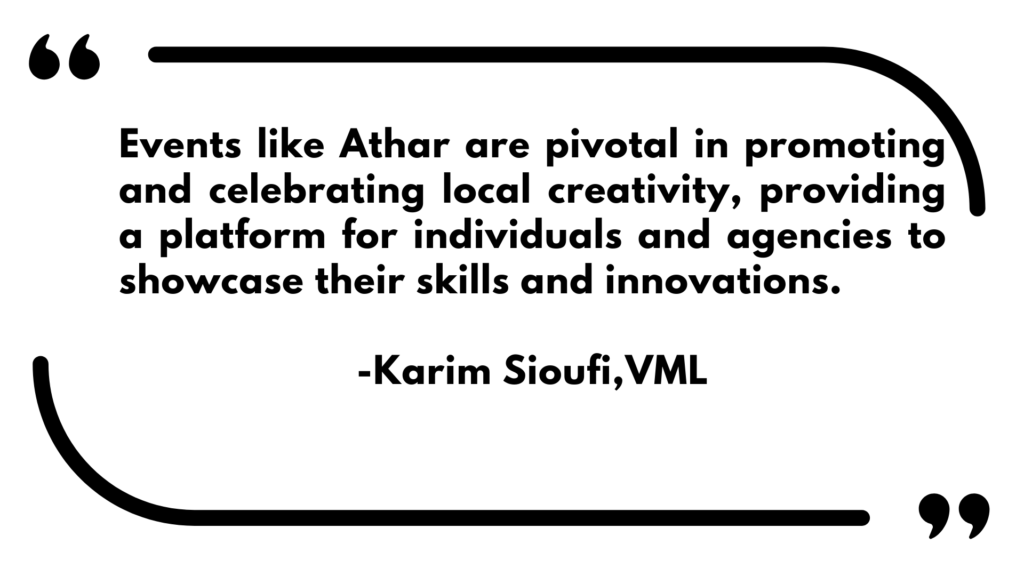
The Subconscious Order for HungerStation, winning Saudi’s first-ever Grand Prix at Cannes Lions in June 2023, is a remarkable achievement. Can you share insights into the creative process behind this amazing campaign and how it aligns with VML’s (formerly Wunderman Thompson) commitment to innovation?
We began by searching for an insight or a human problem that we could address—a meaningful solution to an existing issue. This led us to the widespread problem of choice overload in online food delivery, something we all face daily.
Delving deeper, we discovered that, on average, people spend about 132 hours a year perusing mind-numbing menus online before deciding what to eat, often resulting in the wrong choice. Further research led us to a study by Dr. Bruce Lipton, revealing that the conscious mind can only process 40 bits of information per second, while the subconscious mind processes information at a rate up to 500,000 times faster. This discovery sparked the idea of helping people better connect with their subconscious mind to find the answers they seek, leading to the launch of “The Subconscious Order”: the very first food delivery placed by your subconscious mind. We collaborated with our tech team at VML (formerly Wunderman Thompson) Seattle and embarked on a journey to find the best and most effective approach to bring this idea to life. We were delighted with a statement made by Nancy Crimi-Lamanna, the Creative Commerce Jury President at Cannes Lions, regarding the project:
“In today’s world, brands have to apply meaningful value in order for people to offer use of their facial data, and ‘Subconscious Order’ did this beautifully. It’s a wonderful example of AI being applied to commerce and is a bold, brave way to change the user experience: turning transactional experiences into emotional ones.”
Personalization has become a key focus in advertising. How do you utilize AI to tailor campaigns to individual consumer preferences, and what challenges and opportunities does this level of personalization present?
Indeed, the potential of customizing customer needs with AI is immense, though the implementation is still evolving. As we increasingly gather and assess vast amounts of data, the objective is to refine and tailor offerings more precisely. While ideas are being presented, the challenge lies in technical execution and navigating customer concerns, especially those related to privacy breaches.
A noteworthy example of a safe and innovative use of AI for customized needs is the “subconscious order.” In this context, the concept involves leveraging AI to understand and anticipate customer preferences at a subconscious level. Through analyzing various data points and behavioral patterns, AI can discern individual tastes and preferences, allowing for a personalized and tailored experience.
However, customer resistance to sharing information remains a hurdle. The fear of manipulation or misuse of personal data is a legitimate concern. Striking the right balance between utilizing AI for customization and ensuring customer trust is crucial. Transparency in how data is collected, processed, and utilized, along with robust privacy measures, is key to overcoming this resistance.
As technology continues to advance, there is an ongoing responsibility to address these concerns, ensuring that AI-driven customization is not only effective but also respectful of individual privacy and autonomy.
The date of 2030 coincides with a key milestone in Vision 2030. How does this impact the agency’s strategies in promoting and capitalizing on the success of the Riyadh Expo 2023?
It’s truly remarkable to witness the evolution and progress that Saudi Arabia, particularly Riyadh, has undergone on the world stage. The hosting of Expo 2030 stands as a testament to visionary efforts and a commitment to showcasing the best the country has to offer. Our agency’s early involvement, focusing on campaigns related to art, culture, entertainment, and tourism, has played a crucial role in setting the stage for this momentous event. Notably, the Saudi National Day campaign, “We Dream and Achieve,” perfectly encapsulates the spirit of Saudi Arabia’s journey toward Vision 2030 goals. This ethos is not just reflected in words but in tangible projects and initiatives in which we actively participate.
The giga projects of Vision 2030 present unique opportunities. Being part of these transformative endeavors allows us to contribute to the positive changes and advancements occurring in Saudi Arabia. The readiness to welcome the world is not only an opportunity for the country but also for our agency to connect, collaborate, and engage in international cooperation.
As VML (formerly Wunderman Thompson) continues to play a pivotal role in these endeavors, it contributes not only to the success of Expo 2030 but also to the broader narrative of Saudi Arabia’s transformative journey on the world stage.
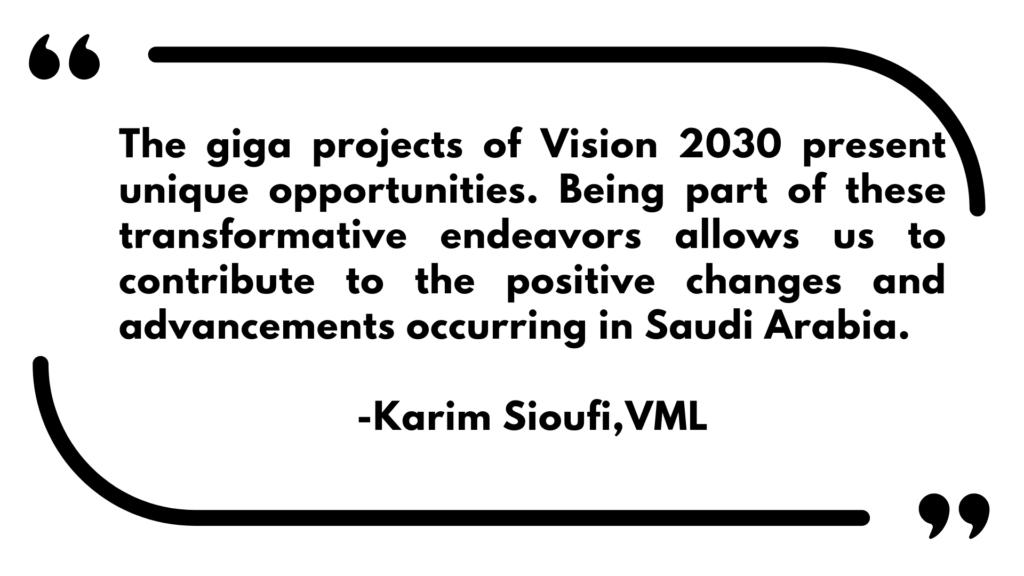
Given your proficiency in branding, how do you balance maintaining a brand’s core identity with adapting to evolving market trends and consumer preferences?
A brand is not a static entity; it thrives within a dynamic environment shaped by ever-changing factors like consumer behavior, market trends, cultural shifts, and technological advancements to name a few Authentic communication forms the bedrock of a brand’s connection with its audience. When a brand stays true to its essence, it establishes genuine connections, fostering trust—a vital foundation for enduring relationships. It’s a straightforward equation: consumers are naturally drawn to brands that mirror their values, making authentic communication paramount.
Successful brands exhibit adaptability and responsiveness to evolving needs, positioning themselves for continued success. Being agile without compromising core values enables brands to remain relevant and resonate with shifting consumer preferences. However, alongside adaptability, maintaining consistency in identity and messaging is equally crucial. This consistency cultivates a robust brand image and recognition. Striking the delicate balance between adaptation and consistency is an art mastered by successful brands.
In essence, a brand attuned to its environment, attentive to consumer needs, and committed to authentic communication is well-equipped to navigate the dynamic market landscape. By doing so, it not only adapts to current needs but also possesses the potential to shape and influence the evolving landscape for the better.
Can you share an example of a project where your skills in marketing, creative strategy, communication, and branding all came together to deliver exceptional results?
I take immense pride in showcasing a pivotal accomplishment in my career—the oversight of communications during the visit of the President of the United States to Riyadh. This momentous event unfolded within the context of a global summit, where I played an integral part of a small committee comprising five individuals. Together, we successfully managed the coordination and alignment of over 8 companies, each specializing in diverse fields such as PR, Creative, Digital, Media, and Production. Remarkably, this substantial task was accomplished just ten days prior to the President’s visit.
The magnitude of this project, combined with the diversity of expertise involved, presented a unique set of challenges that demanded strategic thinking and effective communication. The successful execution of such a multifaceted endeavour not only enhanced the reputation of our team but also left an indelible mark on my professional journey.
Spearheading a project of this scale, with international significance, has proven to be transformative for me. It has provided invaluable insights into my capabilities and potential that I might not have fully realized before.
The lessons I learned and the skills I developed are undoubtedly valuable assets that continue to positively influence and shape my career. I am grateful for the opportunity to have played a key role in such a significant project.
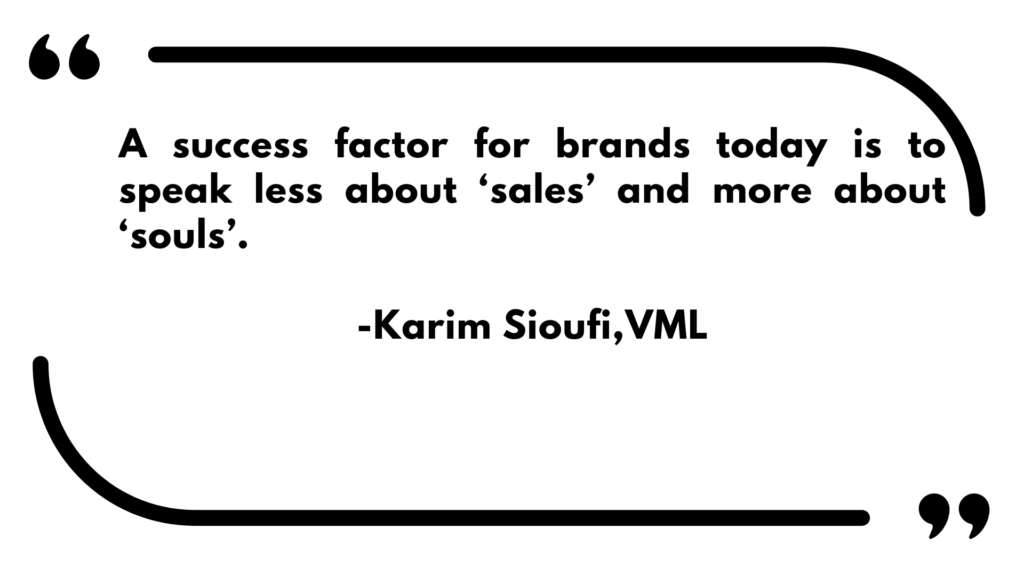
If there were an alternate reality where campaigns are immersive experiences, how would you design one to not just engage but transport the audience into a new dimension?
In essence, the evolving landscape of communication is about fostering a symbiotic relationship—one that goes beyond the transactional exchange of goods or services. Brands that recognize and embrace this paradigm shift are not just providers but compassionate companions, actively participating in and contributing to the consumer’s pursuit of self-expression, fulfillment, and well-being.
The rise of individualism in consumption reflects a desire for autonomy and a rejection of mass trends. Brands that understand and respect this inclination are better positioned to build lasting relationships with their audience. The shift towards collaboration and inclusivity in communication reinforces the idea that brands and consumers are partners in a shared journey.
A success factor for brands today is to speak less about ‘sales’ and more about ‘souls’. My recommendation for effective immersive experiences today would be centered around concepts related to customers’ mental health and simply the right to exist with all their differences.
By prioritizing genuine connection, shared values, and understanding, brands can transcend the transactional nature of their interactions with consumers and become integral companions in their personal journeys.
Amazon Prime Video Estimated to Generate $1B From Ad-Supported Tier in Debut Year
With the introduction of advertisements on its video service, which has over 100 million subscribers, Amazon’s Prime Video has created a significant stir in the streaming market. According to MoffetNathanson Research, Prime Video is expected to generate an estimated $1 billion in revenue during its first operational year and is poised to make a major entry into the ad-supported streaming market with its upcoming service launch on January 29. Analysts view Amazon’s move as a “disruptive force,” even though its active viewership in the United States may be lower than that of some rival services. Furthermore, estimates suggest that in 2025, $1.75 billion, $2.26 billion, and $2.76 billion will be this amount.
Lesser ad content than other streaming platforms
Amazon stated that Prime Video would feature “meaningfully fewer ads than linear TV and other streaming TV providers” when announcing its plans. The Wall Street Journal reported that Prime Video would have an average ad load of two to three and a half minutes, which is expected to be significantly less than traditional TV and most streaming services. The report was based on Amazon’s presentation. Certain advertisements will start playing before the content does, and some will run while the show is being aired. More than 200 million people have signed up for Amazon Prime worldwide. This entitles users to free two-day shipping from the behemoth online retailer as well as other perks like access to Amazon Music.
Read More: GroupM Announces Ad Innovation Accelerator for Future of Advertising
Different strategy
Naturally, Amazon is adopting a different strategy than other streaming services like Netflix and Disney+. These services introduced more affordable options for plans that have ads in addition to their more expensive ad-free tiers. While this is going on, Amazon is automatically displaying advertisements on Prime Video for all subscribers. Users in the United States will need to actively choose to pay an extra $2.99 per month to avoid advertisements. This will result in an additional $400 million. By the end of 2024, the U.S. will have benefited from a total of $1.4 billion from these actions. In its first year of operation, Amazon is expected to earn $300 million from advertising. Moreover, it is expected to earn an additional $100 million from subscribers abroad.
Other ad-supported services
The company estimates that there are 96 million Prime households in the United States. However, only some of them are actively watching Prime Video. Beyond the ad-supported service, it is estimated that in 2025, Amazon will earn $1.7 billion from FreeVee. It is a Free Advertising Supported Television (FAST) channel similar to Tubi and Pluto TV. It is anticipated that the addition of “Thursday Night Football” will boost Amazon’s digital video and streaming businesses by an additional $600 million. When all of these projects are combined, it is anticipated that Amazon’s yearly revenue from streaming and digital video platforms will reach $4 billion. This will exceed that of rivals like Roku ($1.9 billion), Peacock ($2.3 billion), and Hulu ($ $3 billion).
Other options will be made available
Similar commercial-free options will be available in other markets. Early in 2024, ads will be made available to users in the United States, the United Kingdom, Germany, and Canada. Later in the year, France, Italy, Spain, Mexico, and Australia will host the first-ever Prime Video advertisements. According to Amazon, users who pay for a commercial-free experience will still see advertisements where Prime Video already does so. This includes sports content like Thursday Night Football and material from the FAST service FreeVee.
Read More: Netflix May Monetize Its Games Platform with In-App Purchases and Ads
VICE Media Group Names Rafael Lavor As Head of Strategy
Rafael Lavor has been named the new Head of Strategy at VICE Media Group. This action highlights the company’s commitment to supporting innovation and providing its global audience with innovative content.
Rafael Lavor appointed as Head of Strategy
With a career spanning more than 18 years, Lavor brings an abundance of experience. He has developed his expertise in service innovation, digital communication, in-depth qualitative research, creative strategy, consumer studies, and brand management and development.
Lavor’s wealth of expertise
Rafael has a wide range of experience working with both international and local creative agencies and innovation consultancies. He has contributed to the success of numerous brands, including Uber, Deezer, Amazon, McVitie’s, Hilton, Abu Dhabi Investment Office, Nissan, KFC, Peugeot, Nokia, Mastercard, Smirnoff, Volkswagen, Ford, and Chevrolet. He has won marketing awards from Brazil Effies, LATAM Effies, and MENA Effies for his leadership on a variety of teams and projects.
Here’s what they said
Tarek Khalil, Managing Director of MEA for VICE, says,
Super happy to welcome Rafa to Vice. He’s been in the region for a while and understands the complex business environment. What makes him so effective is how he relishes the complexity of brand challenges to create innovative multiplatform solutions, making him a perfect fit for us. We’re confident his leadership will deliver even more impactful content for our clients and audiences across MEA.
Read More: Publicis Groupe South Asia Appoints Amitesh Rao as CEO, Leo Burnett South Asia
Publicis Groupe Plans €300 million AI Investment, Unveils CoreAI Platform
Publicis Groupe intends to prioritize a new AI platform and devote an additional €300 million to AI initiatives over the following three years. As the new technology is used more and more in the advertising industry, this will include €100 million in 2024 as part of its new plan to become “the industry’s first AI-powered intelligence system”. Publicis unveiled CoreAI, a new “intelligent system” that will enable new AI capabilities for the Parisian behemoth throughout the whole organization, as part of a significant AI overhaul.
Fund distribution in the AI investment
The funds will be distributed equally. Half of the €100 million that is budgeted for 2024 will go toward personnel, such as hiring and training, and the other half will go toward technology, such as cloud infrastructure, software, and licenses. At a time when ad companies are moving away from a cookie-based online model to proprietary first-party data, Publicis announced that it would leverage the 2.3 billion individual data profiles it possesses to train its “CoreAI” tech platform, personalize campaigns, predict their impact, and adjust targeted audiences in real-time.
The company announced that it would invest €100 million in 2024 alone, with all funding coming from “internal efficiencies” and no impact on operating margin dilution. Additionally, Publicis stated that it intends to further incorporate AI into its current platform model by linking each employee to “CoreAI,” an entity that the group began developing in the second half of 2023 and will begin implementing in the first half of 2024.
What is CoreAI?
The new multi-layered platform known as CoreAI is the hub for AI initiatives. CoreAI combines multiple AI agents, an API layer, and foundation AI models from Publicis Groupe. It also includes Publicis Sapient’s Bodhi machine learning platform, using both structured and unstructured data. In addition, OpenAI, Adobe, Amazon, Microsoft, and twelve other third-party AI service providers are partners of CoreAI. Some other third-party suppliers are Bria, Hugging Face, RunwayML, Midjourney, and Pika.AI.
Read More: Publicis Group ME Names Joyce Hallak as CSO for Publicis Media ME
How will the AI platform benefit?
The company will be able to connect every data point, from across every expertise, business unit, and geography. Furthermore, it will put them in the hands of all of its people. This is all thanks to the transition to an intelligent system. The central component of the system will be an entity named CoreAI by Publicis Groupe. It was created with the assistance and AI expertise of Publicis Sapient.
CoreAI data points deployment
All 1,00,000 employees will have access to CoreAI’s data points, which can be used in five primary disciplines:
- Insight: offering analysis, research, and “business consultant-level intelligence” to support the development of marketing plans and strategies.
- Media: Maximizing purchasing and planning to get better outcomes and accuracy.
- Production and creativity: allowing divisions to produce customized content on a large scale.
- Software: This enables the company to launch digital goods and software in “days and weeks, not months.”
- Operations: Client management and operations systems have been “boosted with speed, accuracy, and efficiency.”
Here’s what they said
Arthur Sadoun, CEO & Chairman of Publicis Groupe said,
Our journey from a holding company to a platform has not been easy, but it definitely paid off, as you can see with our 2023 organic growth outperforming the industry for the fourth year in a row. The platform organization we have built over the last decade, our proprietary data of unmatched breadth and accuracy, and the 45,000 engineers, consultants and data analysts at the heart of our model, uniquely position us to push the boundaries even further by leveraging AI.
Read More: Publicis Worldwide India Wins Creative Mandate for Pramerica Life Insurance

